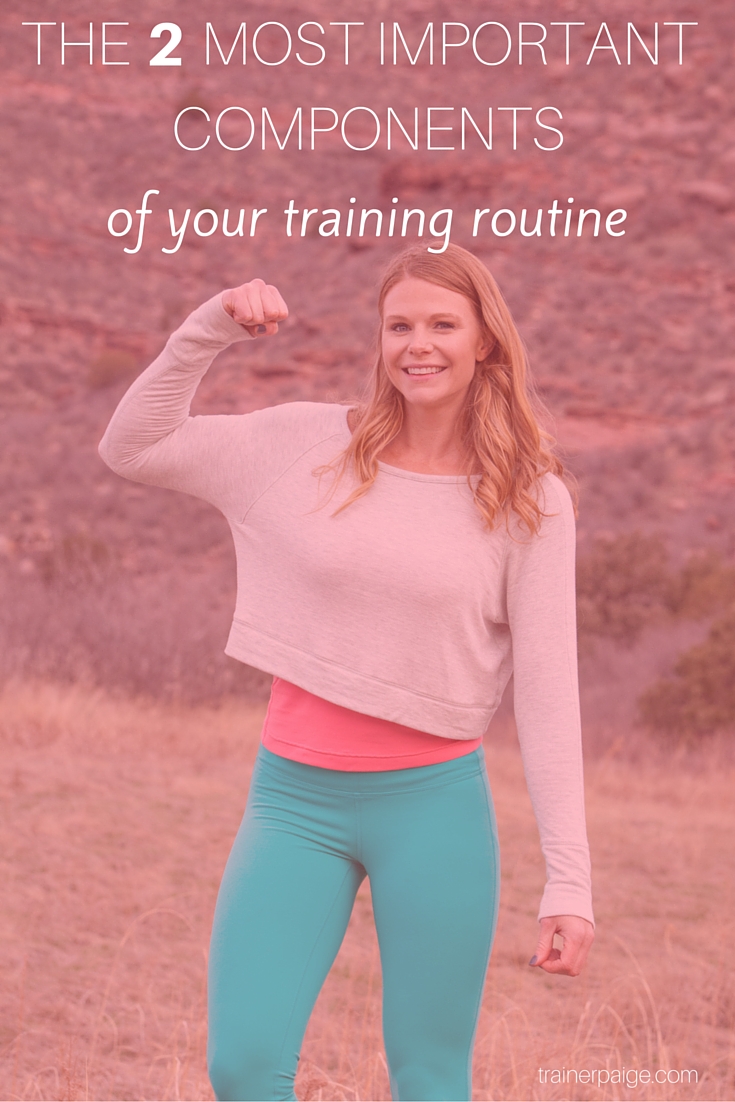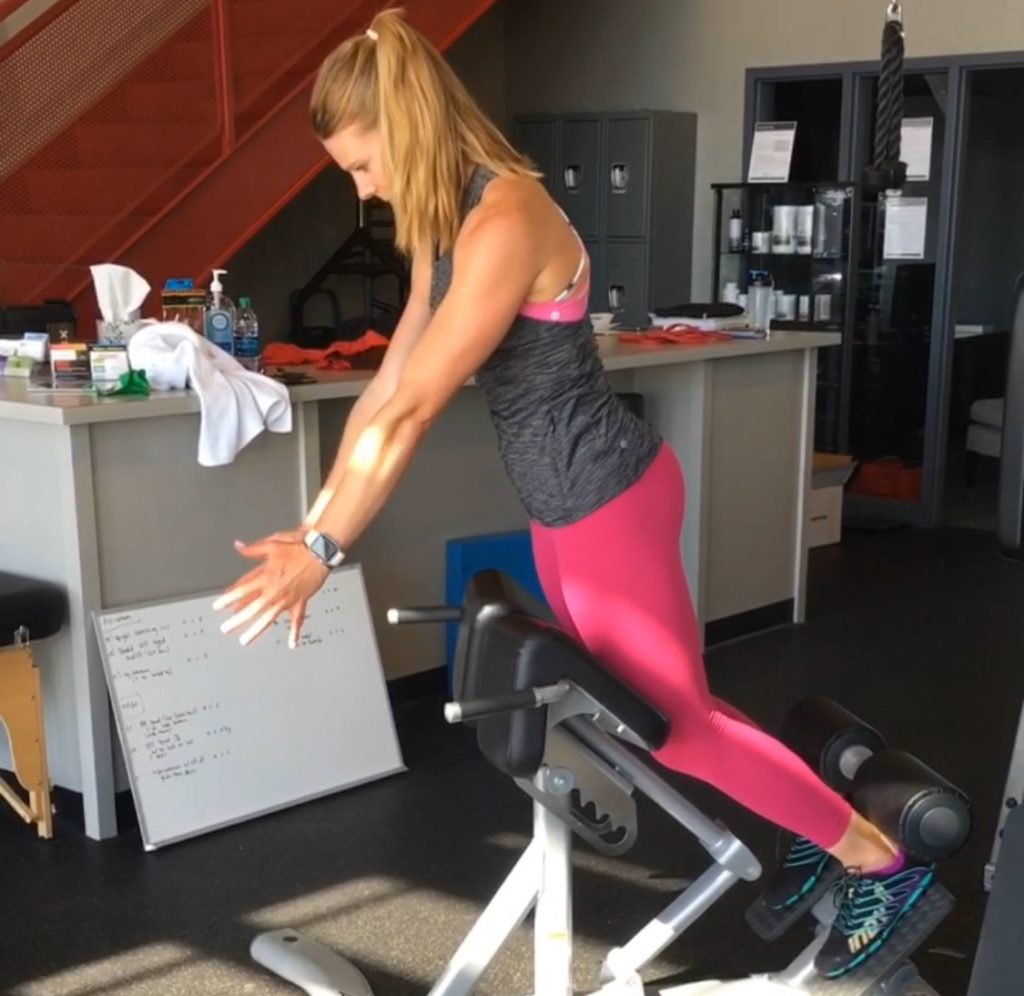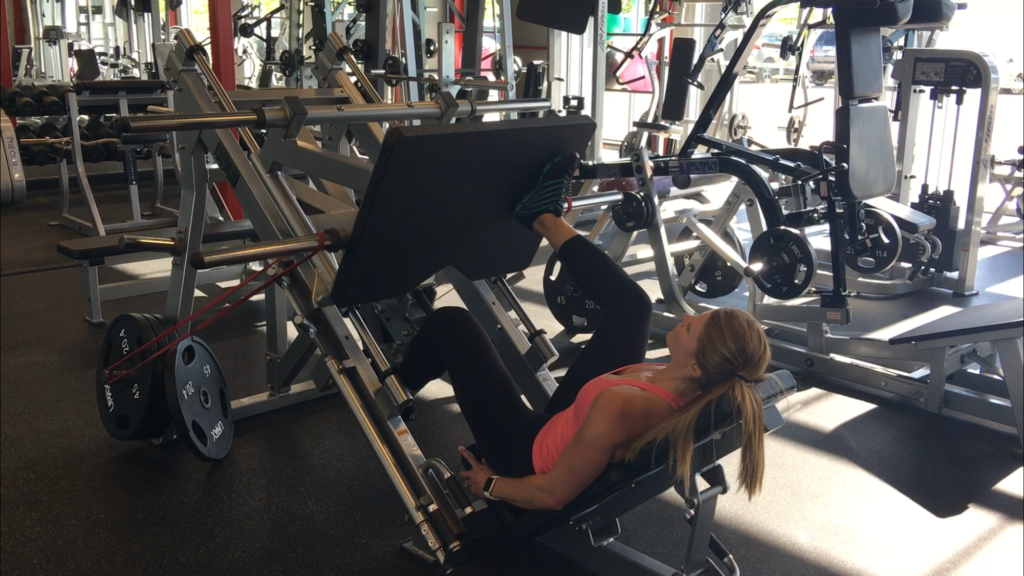Some thoughts and discussions from me.

Hey hey! I hope you had a wonderful holiday weekend (for those of us in the US.) We went out with friends, got out to RMNP for a hike (where I met up with one of my long-term online clients who was visiting on her honeymoon – so fun!) and then hosted a 4th of July party yesterday.
My parents are visiting this week, so we decided to have friends at our house to cook out, celebrate, and watch the fire works.
This week I also have five new online clients starting with me, so I spent a heavy majority of last weeks writing individual programs for each of them.
We all know that strength training and lifting weights creates a stimulus on the body and muscle tissue that propel it into all sorts of physical and metabolic changes.
It helps us to build muscle, we start burning more energy at a more rapid pace (i.e. our metabolism increases,) and we can – quite literally – change our shape. However, while one can just go into the gym (or their home equipment) and sling some weights around and feel like they’re leaving spent, that’s not always the best and most efficient way to achieve your goals – whether they be fat loss, hypertrophy, or strength.
(Now, of course it takes dialing in on nutrition to typically see the best results of those changes, but that’s another post for another day :))
Ninety percent of my clients have fat loss goals (note that I’m saying fat loss instead of weight loss, because these clients also want to typically achieve a toned, lean, athletic look – aka they want to keep or build a little muscle, too,) so that’s primarily the programming I study, research, and use myself. And when it comes to these types of goals (or really, any physique-driven goals,) two factors are king:
#1.Following a Well-Written Training Program with Progressive Overload
#2. Firing the correct muscle tissues (AKA – feeling it where you’re supposed to feel it!)
The 2 Most Important Principles of Your Training Program

Let’s start with #1.
#1. Actually Following an Effective Program with Progressive Overload
If you’ve been reading my blog for a while, this is NOT the first time I’ve written about this – or the second, third, or fourth, I’m sure. It’s very important to follow a program designed in a way to provide progressive overload over time in order to best see the results on your body. In fact, I think an effectively and carefully written solid program is the cornerstone of getting results from any good workout routine.
While you can certainly do a workout solely with the goal of leaving one gassed at the end of it – that’s fine if that’s just want you want from your training (as long as you’re safe, of course.) But if you have goals related to your training, be thinking: what comes next? what came before?
Progressive overload will be different for you depending on your training maturity and level of fitness, and there are MANY ways to progressively overload your training program.
Proper programming and progressive overload is KEY, whether it’s a year-long, phased out approach (like in my Sculpted Strong membership community) or a more condensed, accelerated pace.
For example, in my Peak Physique Online Boot Camp, I’ve written an accelerated 6-week program, meaning it exemplifies progressive overload at a more rapid pace, since I give you new workouts each week. It’s quick, but it gets major results because of, among other variables, programming and progression. (Side note: Yes, I will be opening registration for this program again soon – next week to be exact – so stay tuned!! 🙂 I will publish a blog post as soon as sign ups are open – eep!! Can’t wait!!)
#2. Firing the Correct Muscle Tissues
This sounds obvious, but it can be easy to just ‘get through’ a workout or exercise, without truly concentrating on where you’re feeling it, what muscles are firing that are supposed to be firing, and maybe what muscles are firing that aren’t supposed to be activated.
That neuromuscular connection is a real – and powerful thing. Rushing through a set of push ups vs. really concentrating on where it’s supposed to be felt during the concentric, eccentric, and isometric contractions is completely different.

In my clients’ and online boot campers videos, I always try to emphasize what muscles should be firing in the demonstration, and at multiple points during my clients workouts, I’ll ask them where they’re feeling it. One small tweak or cue can make a movement be felt in a completely different muscle group.
In fact, I have one client who has a pretty tough time with her mind-muscle connection, and after one too many “all over” responses after asking her where she felt it, we’ve implemented a couple methods to improve that neuromuscular connection. We’ll physically touch the muscles, make some changes in execution of the exercise, and I change up my verbal cueing to make it more internal (squeeze your glutes) rather than external (drive the hips forward,) etc.
As you continue or start a new strength training program, I hope this is helpful when writing your program or working with a coach or trainer. From beginner to the most advanced, programming and activation remain constant as the most important variables in getting results from any training plan!
Are you currently following a training program? If not, what was the last program you completed?


This is such a great reminder. I am about to embark on the 21 Day Fix Extreme, this is a great reminder for me as my fitness program begins.